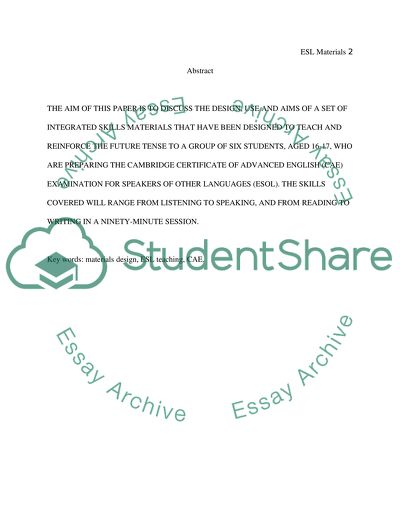Cite this document
(Materials for the Teaching of the Future Tense Assignment, n.d.)
Materials for the Teaching of the Future Tense Assignment. Retrieved from https://studentshare.org/education/1529456-the-second-language-teaching
Materials for the Teaching of the Future Tense Assignment. Retrieved from https://studentshare.org/education/1529456-the-second-language-teaching
(Materials for the Teaching of the Future Tense Assignment)
Materials for the Teaching of the Future Tense Assignment. https://studentshare.org/education/1529456-the-second-language-teaching.
Materials for the Teaching of the Future Tense Assignment. https://studentshare.org/education/1529456-the-second-language-teaching.
“Materials for the Teaching of the Future Tense Assignment”, n.d. https://studentshare.org/education/1529456-the-second-language-teaching.


